Trinity Forest Golf Club was created explicitly to attract prestigious golf championships back to Dallas. Further, the club endeavors to create a special place where our members and guests may foster camaraderie, enjoying the undefeatable game of golf.
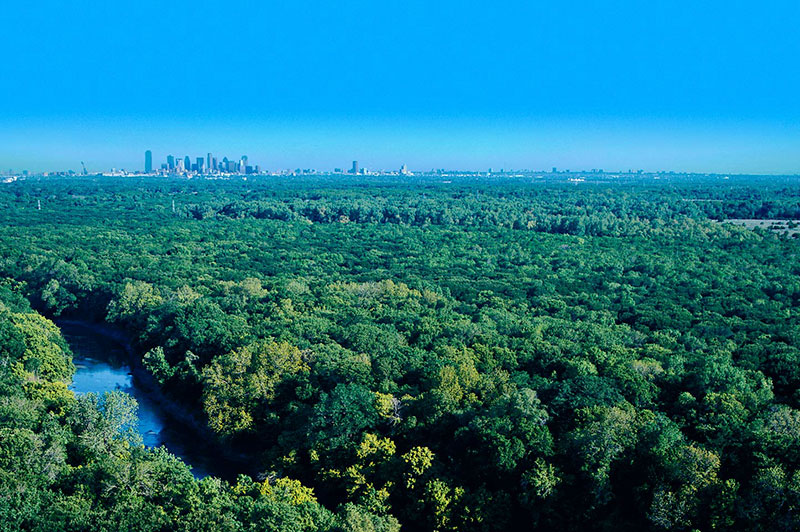
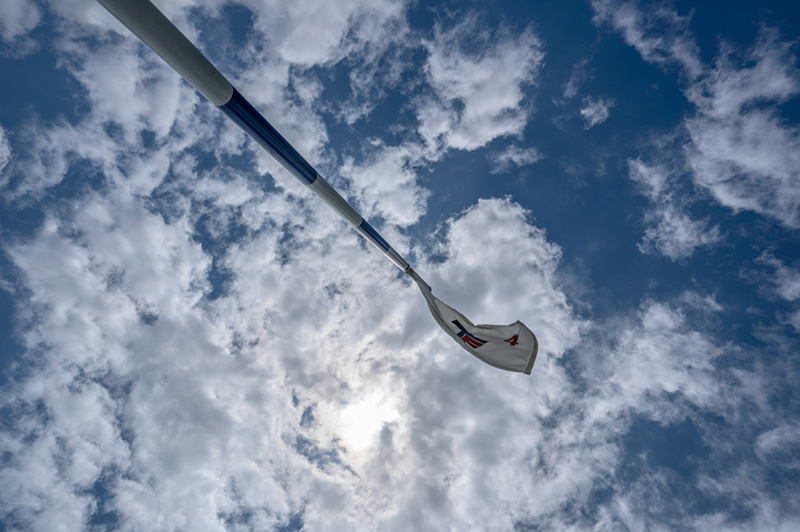
THE COURSE
Trinity Forest Golf Club resembles many of the great old courses of the Northeast and Great Britain, featuring a links style course on a rolling meadow with tall native grasses and dramatic bunkering and green complexes.
THE CLUBHOUSE
Designed by Mark Finlay Architects, the Trinity Forest clubhouse is bold, fresh and identifiable, and perfectly captures the modern spirit of today’s game.

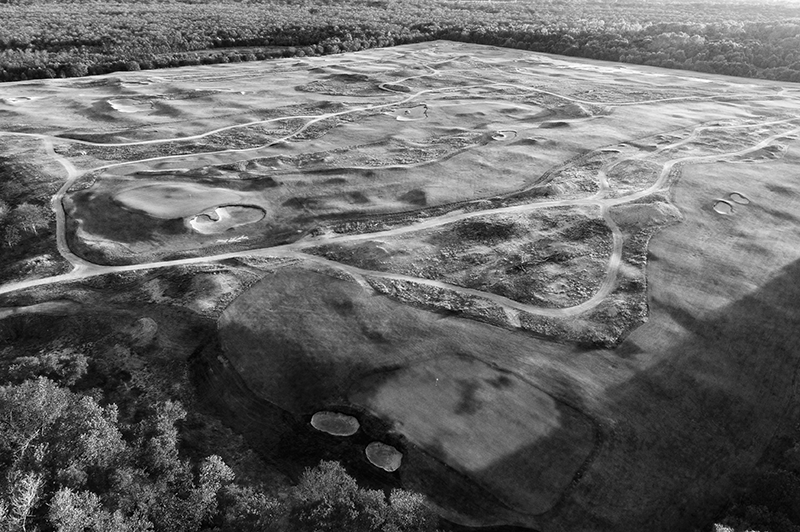
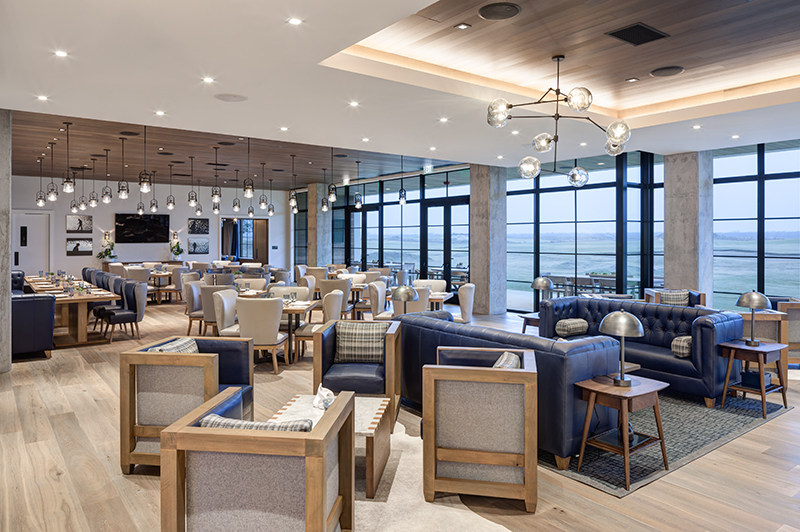

COORE & CRENSHAW
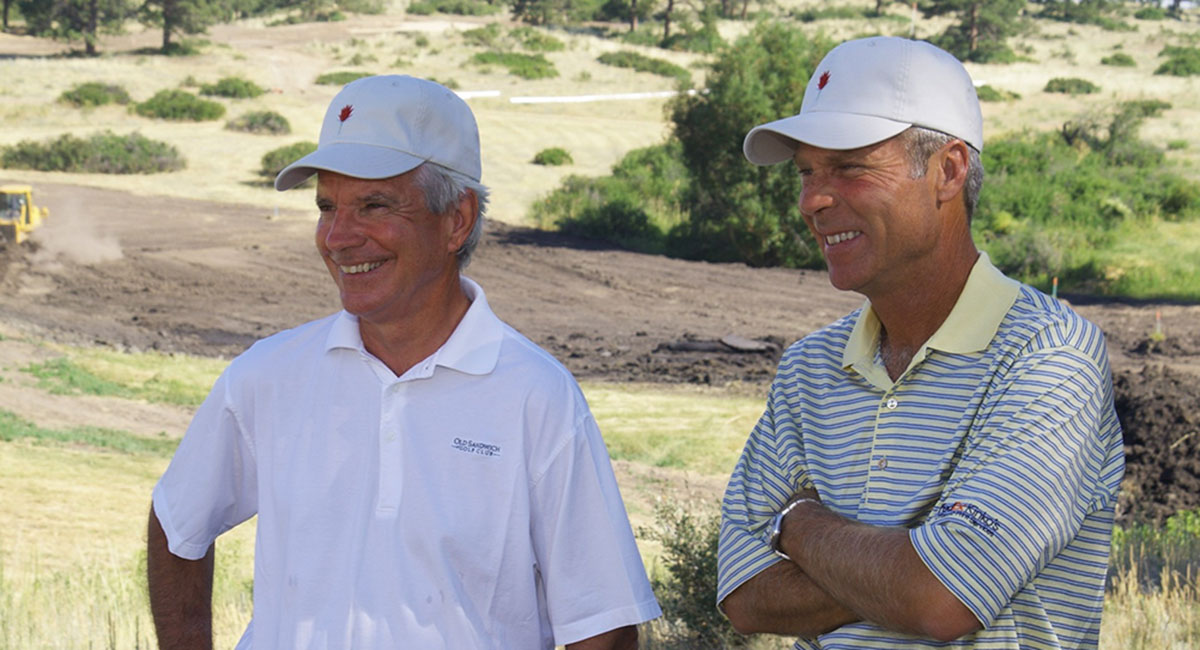
BLACKLAND PRAIRIE RESTORATION
In partnership with Trinity River Audubon Center, Trinity Forest has implemented a Blackland Prairie Restoration Plan and created additional habitat opportunities for native plants and animals. This vital ecosystem has been reduced to roughly 1% of its original size, making it one of the most endangered ecosystems in the country.
Trinity Forest Golf Club has restored 75 acres of Blackland Prairie with native grasses and vegetation. Click the button below to review some information provided by Audubon Texas and learn more about the Blackland Prairie.
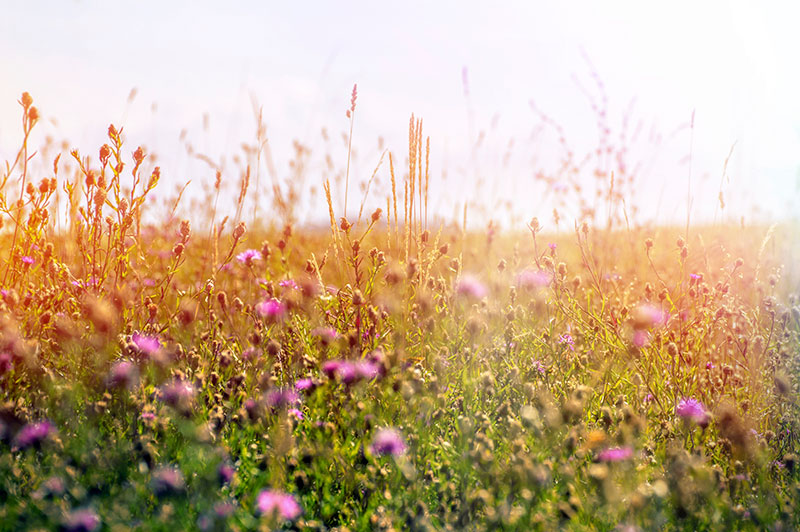
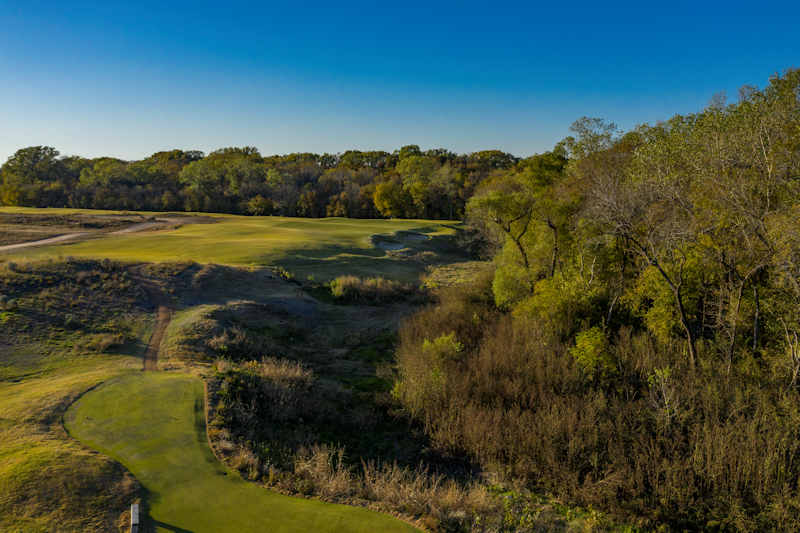
TRINITY FOREST PRESENTED GOLF DIGEST'S 2018 GREEN STAR AWARD Award
The intriguing nature of Trinity Forest starts with its very conception. Some 50 years back, the location, just south off Highway 12, in the dense underbrush of the Trinity River watershed, an area known as the Trinity Forest, became an illegal dumpsite, mostly of construction debris, stuff like chucks of old concrete, but also trash from locals. As material piled up, somebody would push dirt around to hide it, and subsequent dumping moved to an adjacent spot. Eventually the landfill covered some 150 acres, and grew to a plateau some 15 to 20 feet above the riverbed.

